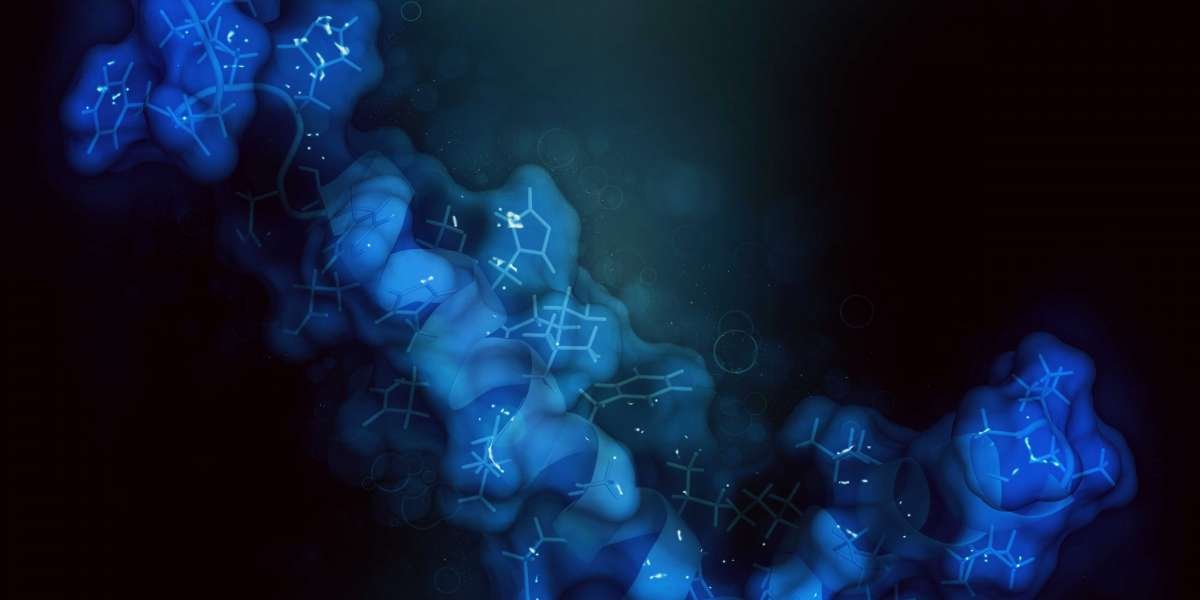The patch-clamp assay has revolutionized the study of ion channels, providing unprecedented insights into their function, regulation, and pharmacology. This sophisticated technique, which allows for the measurement of ionic currents flowing through individual ion channels, plays a crucial role in various fields of research, including neuroscience, cardiology, and pharmacology.
The Basics of Patch-Clamp Technology
At its core, the patch-clamp assay involves the use of a glass pipette with a very fine tip that can form a tight seal with the cell membrane. This process creates a “patch” of membrane, allowing researchers to monitor the electrical activity of ion channels in real-time. By applying a voltage across the membrane and measuring the resulting ionic currents, scientists can gather detailed information about channel behavior.
There are several configurations of the patch-clamp technique, including cell-attached, whole-cell, inside-out, and outside-out modes. Each configuration offers unique advantages depending on the specific experimental requirements. For instance, the whole-cell configuration allows for the study of the entire cell’s ionic conductance, while the inside-out clamp enables the investigation of channel properties in a controlled intracytoplasmic environment.
Applications in Research
The patch-clamp assay has a vast array of applications. In neuroscience, it has been instrumental in characterizing the properties of neurotransmitter receptors and ion channels in neurons. Researchers have utilized the technique to understand synaptic transmission and the mechanisms underlying neurological disorders such as epilepsy and Alzheimer’s disease.
In cardiology, patch-clamp studies have helped elucidate the ion channels involved in cardiac action potentials, leading to insights into arrhythmias and other heart conditions. Additionally, the assay has become a vital tool in drug discovery, allowing scientists to assess the effects of potential therapeutic compounds on specific ion channels.
Advantages of the Patch-Clamp Assay
One of the most significant benefits of the patch-clamp assay is its ability to provide high-resolution, quantitative measurements of ionic currents at the single-cell level. This capability allows for a greater understanding of channel kinetics, conductance, and pharmacological properties, facilitating more accurate interpretations in physiological and pathological contexts.
Moreover, the versatility of the patch-clamp technique makes it suitable for various experimental setups, from studying single ion channels to exploring complex cellular networks. This adaptability has made it a staple in laboratories focused on electrophysiology.
Overcoming Challenges
Despite its numerous advantages, the patch-clamp assay is not without challenges. The technique requires specialized equipment and highly controlled experimental conditions, as factors such as temperature and ionic composition can significantly influence results. Additionally, achieving a stable seal with the cell membrane can be technically demanding, necessitating a high degree of skill and experience.
Researchers continue to innovate, developing improvements in recording techniques and novel applications of the patch-clamp method to expand its capabilities. Advances in automation and miniaturization are also making the assay more accessible, contributing to its widespread adoption in various research fields.
Conclusion
The patch-clamp assay stands as a cornerstone of modern electrophysiology, enabling researchers to dissect the complex behaviors of ion channels with remarkable precision. Its applications span numerous scientific disciplines, providing critical insights that advance our understanding of cellular communication and the underlying mechanisms of disease. As technology continues to evolve, the patch-clamp technique will undoubtedly remain a pivotal tool in unlocking the mysteries of cellular function.














